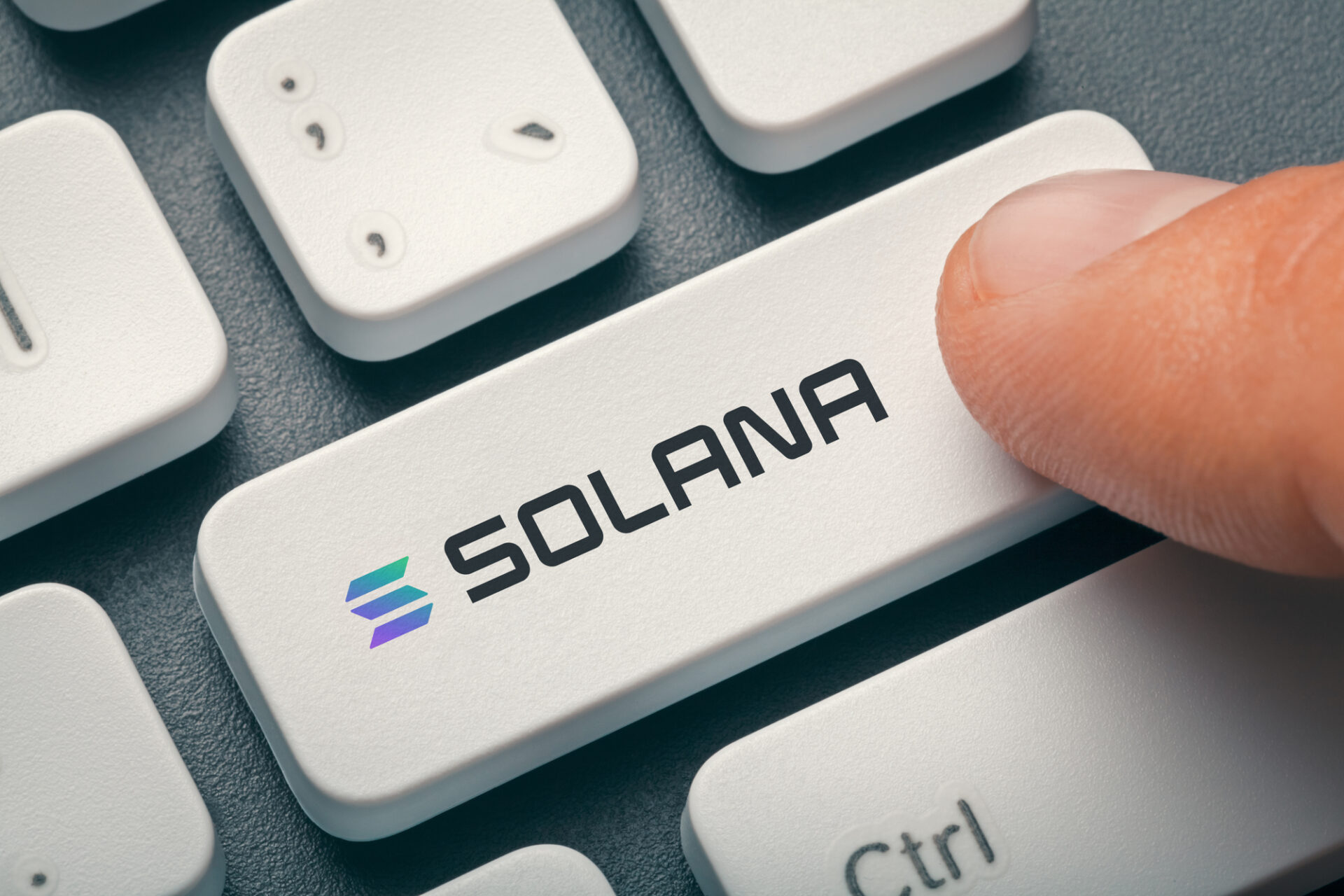The startup is now striving to hook developers up with all the tools to port Solana decentralized apps to Cosmos.
Sei Labs also raised five million dollars in August from backers, which include Coinbase Ventures, Delphi Digital, and Multicoin Capital.
Nitro is also the initial step toward making the Solana Virtual Machine a core development standard, such as the startup’s co-founder Ethereum Virtual Machine.
Recently, a start-up layer-1 blockchain established by Goldman Sachs and Robinhood veterans is set to launch a new offering, which strives to permit Solana developers to port their applications to a fresh digital assets ecosystem.
Sei Labs is preparing Nitro (which is a Solana Virtual Machine-compatible blockchain) as a gateway between Cosmos and Solana, which is explained by their executives. It will allow developers to deploy current Solana smart contracts that users can access through Phantom and other commonplace Solana wallets.
According to the Sei co-founder Jeff Feng, no one has tried it to their knowledge. The reason for that is that the Ethereum Virtual Machine was the dominating development standard that powered the development of BNB Chain, Polygon, Avalanche, TRON, and others, for the lengthiest time.
Solana has established one of the most “formidable” development communities. Nitro is the initial step toward making SVM a core development standard; much the same EVM is today by combining it with the Cosmos and the Inter-Blockchain Communication Protocol.
Led by Kevin Lim, Sei Labs’ Growth Head, Nitro’s main net anticipates launching in early 2023. Further, a testnet must be ready for Solana apps to position ahead of that.
Even though Solana has developed fairly exponentially and pushed by no shortage of established interest in the proof-of-stake protocol, the platform has factually been less than well-matched with other blockchains in the market.
Feng also mentioned that builders must not be limited by the coding languages they are familiar with, and as an alternative, they must concentrate on the best infrastructure for their application. Do people actually understand what language Amazon.com is written in? The fact is that coding languages are distant away in Web2, and the same thing will take place in Web3.
The move comes months after cryptocurrency derivatives platform dYdX mentioned that it was creating a Cosmos-based blockchain.
A Trading-Focused Layer-1
In case you didn’t know yet, Feng is a former executive of Goldman Sachs and Coatue Management, co-founded Sei along with Jayendra Jog earlier this 2022. Before, Jog spent more than three years at Robinhood as a software engineer who led the firm’s KYC (know-your-customer) for cryptocurrency withdrawals.
On top of that, the directors told Blockworks the layer-1s currently, which are not established for decentralized exchanges and associated trading sans-third parties..
Feng explained that it is fine if you are doing an NFT mint. However, if one is trying to create an experience that can compete against Coinbase, FTX, or Binance, it is really challenging.
Sei aims to sit in the heart of what its co-founders referred to as “general purpose” blockchains, like Solana and Ethereum, and there are also “app-specific” chains like dYdX, Injective, and Osmosis.
Although Feng’s team noticed massive improvements in speed, they are still aware that layer-1s are still a bit too slow for trading explicitly. That is the use case they actually care about. To that end, Sei provides a built-in order matching engine and settles transactions within six hundred milliseconds.
The blockchain employs frequent batch auctioning that matches orders at a uniform clearing price in a block in an effort to ward off front-running. All participating market makers could present more than one order in one transaction, minimizing gas costs.
What’s the Future of the Segment?
Sei has brought more than forty protocol teams to its blockchains, competing against established competitors such as Starkware, Arbitrum, and Aptos.
The startup closed a five million venture round last month, which is led by Multicoin Capital. Delphi Digital, Flow Traders, Hypersphere, GSR, and Hudson River Trading, which are all Coinbase’s venture arms, participated.
The capital infusion is set aside to support the network as it approaches the market. Feng mentioned that the vision for a multichain future force critical and objective thinking about the best layer-1 on which to build.
Every layer-1s serves its diverse purpose. They started with a general purpose, and as the industry gets more mature, people can expect more specialized infrastructure.
ChesWorkShop commits to presenting fair and reliable information on subjects including cryptocurrency, finance, trading, and stocks. However, we do not have the capacity to offer financial guidance, advocating instead for users to conduct their own diligent research.

